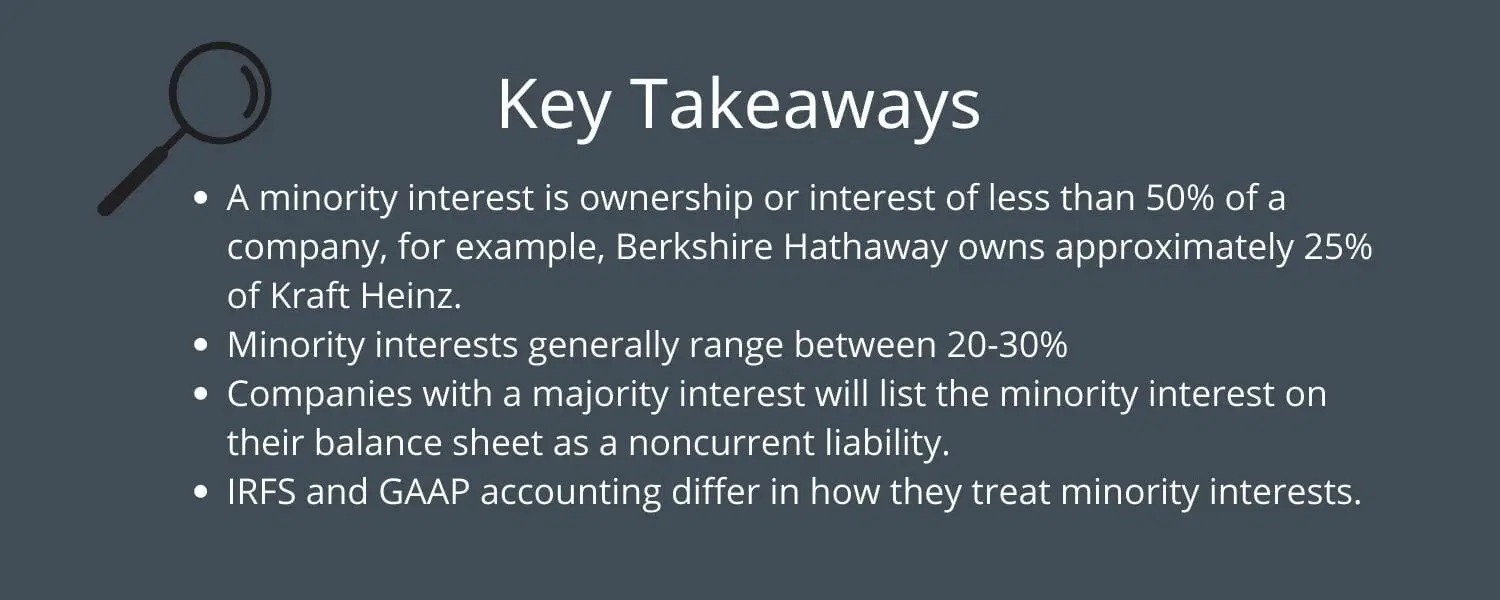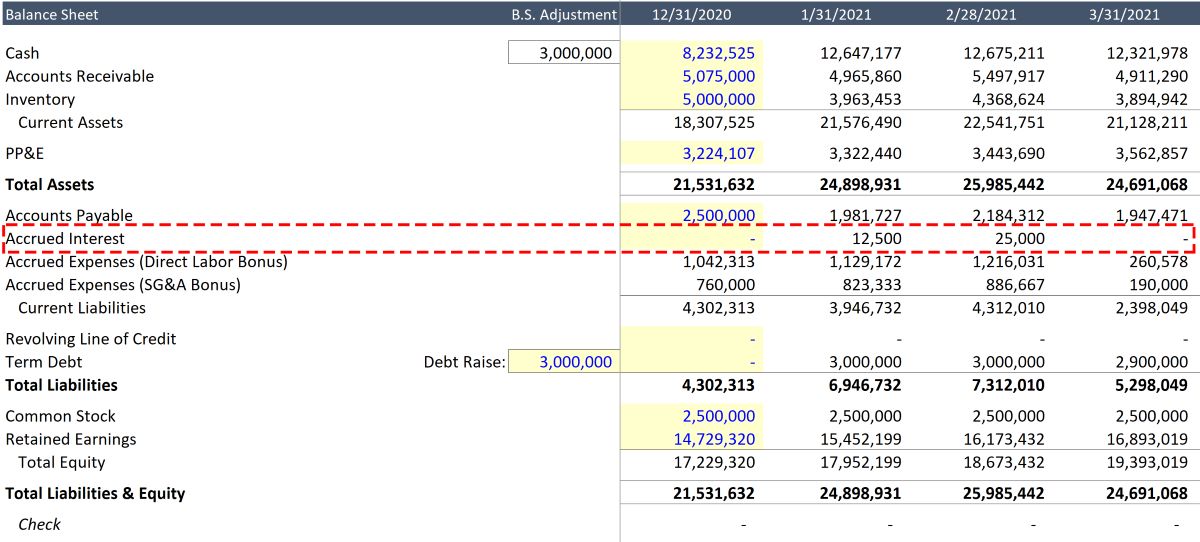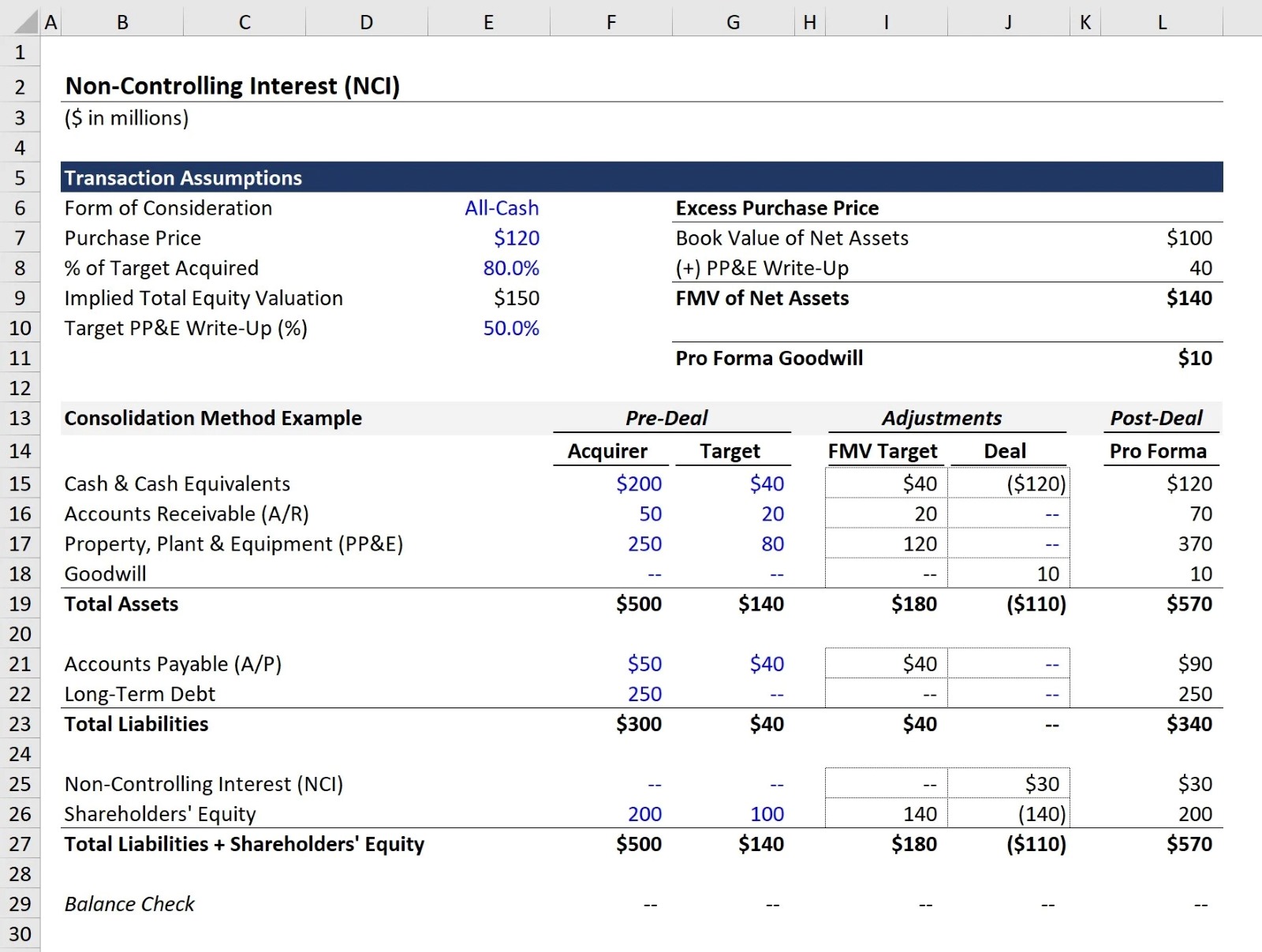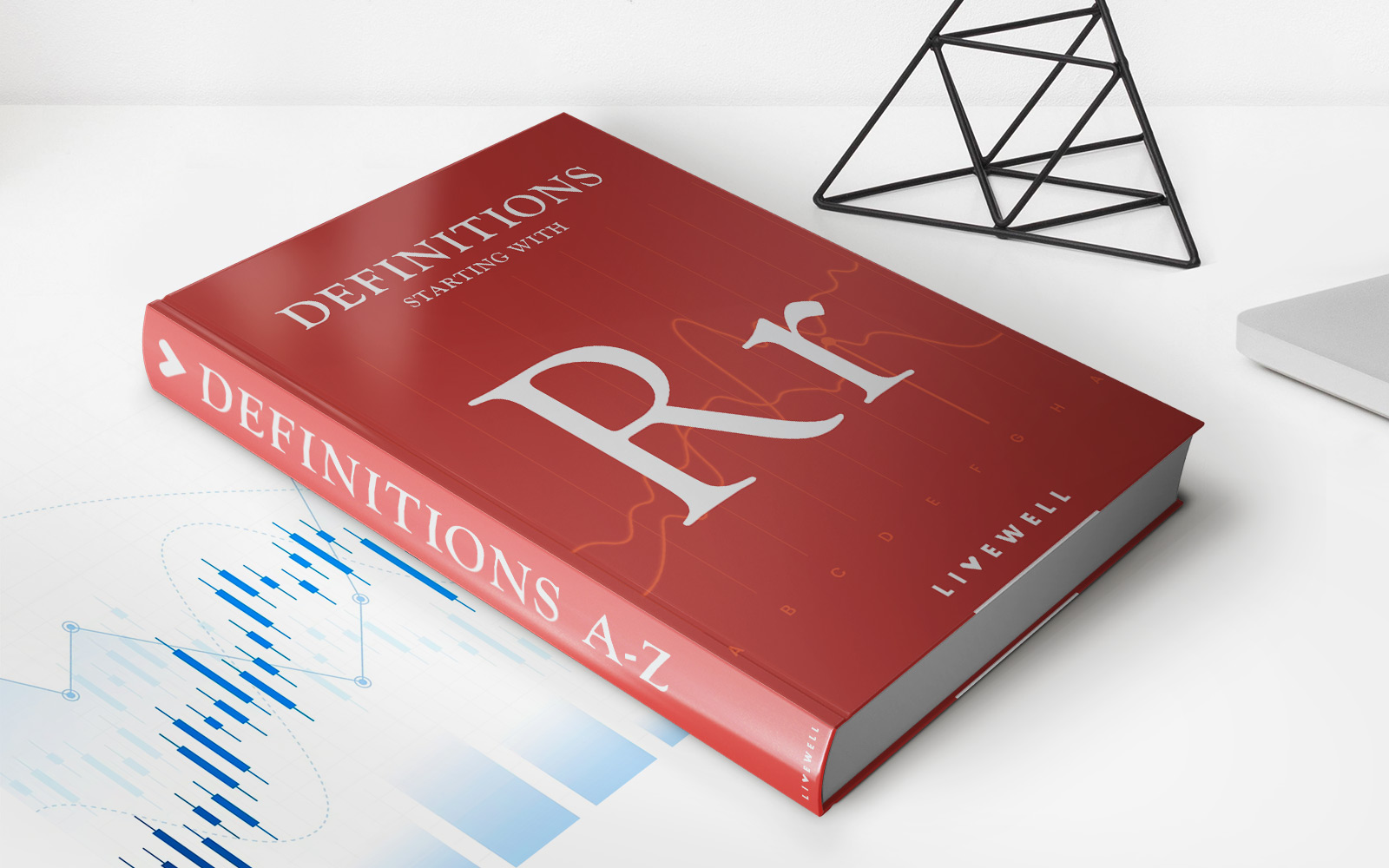

Finance
What Is An Interest Savings Balance
Modified: February 21, 2024
Discover how to maximize your interest savings with a balanced approach to finance. Learn the importance of managing your savings and strategies to grow your balance.
(Many of the links in this article redirect to a specific reviewed product. Your purchase of these products through affiliate links helps to generate commission for LiveWell, at no extra cost. Learn more)
Table of Contents
Introduction
Welcome to the world of personal finance where every decision and action can have a significant impact on your financial well-being. One aspect of managing your finances wisely is understanding the concept of an interest savings balance. In this article, we will delve into what an interest savings balance is, why it is important, how to calculate it, and some tips for maximizing your interest savings.
An interest savings balance refers to the amount of money you have saved in an account that earns interest over time. This balance can be held in a traditional savings account, a high-yield savings account, a certificate of deposit (CD), or any other type of interest-earning account. The interest earned on your savings is typically calculated based on the balance and the interest rate provided by the financial institution.
Understanding and managing your interest savings balance is essential for several reasons. Firstly, it allows you to track the growth of your savings over time. By monitoring your balance and the interest earned, you can assess if you’re on track to reaching your financial goals. Secondly, a healthy interest savings balance can provide a safety net during emergencies or unexpected expenses. Having a cushion of savings can help you avoid going into debt or relying on loans.
Calculating your interest savings balance is relatively straightforward. It involves multiplying your savings balance by the interest rate and the time it remains invested. However, interest rates can vary depending on the type of account and prevailing market conditions. It’s crucial to keep an eye on the interest rates offered by different financial institutions to ensure you’re maximizing your savings potential.
Several factors can affect your interest savings balance. One of the primary factors is the interest rate itself. Higher interest rates will result in more significant earnings on your savings. The frequency of compounding also plays a role. Compounding is the process of reinvesting the earned interest back into your balance, allowing it to grow at a faster pace. Additionally, the length of time your money remains invested and the amount of regular contributions you make will impact your interest savings balance.
To maximize your interest savings, consider implementing the following tips:
- Regularly contribute to your savings account to increase your balance.
- Shop around for accounts with higher interest rates.
- Take advantage of compound interest by leaving your money invested for longer periods.
- Consider setting up automatic transfers to ensure consistent savings.
- Monitor and reassess your savings strategy regularly to ensure it aligns with your goals.
By maintaining an optimal interest savings balance, you can enjoy several benefits. First and foremost, you can watch your savings grow over time, providing financial security and peace of mind. A healthy interest savings balance also allows you to take advantage of various investment opportunities as you accumulate more funds. Furthermore, having a substantial savings balance can give you the confidence and flexibility to pursue your dreams and goals, whether it’s buying a home, starting a business, or planning for retirement.
Now that you understand the importance of an interest savings balance, its calculation, and tips for maximizing it, you are well-equipped to make informed decisions about your financial future. Start by evaluating your current savings strategy and take steps to optimize your interest savings balance. With a little discipline and a focus on building your savings, you can set a solid foundation for a prosperous financial journey.
Definition of Interest Savings Balance
An interest savings balance refers to the total amount of money that you have saved in an account that earns interest over time. It represents the accumulated funds in your savings account or other interest-bearing accounts, taking into account both your initial deposit and any subsequent contributions or interest accrued.
When you deposit money into an interest-earning account, such as a traditional savings account or a high-yield savings account, the financial institution pays you a certain rate of interest on that balance. The interest rate may be fixed or variable and is typically expressed as an annual percentage rate (APR).
The interest earned on your savings is added to the initial deposit or existing balance, effectively increasing the total amount of money in your account. Over time, as the interest compounds, the interest savings balance grows at an accelerated rate. This compounding effect allows your savings to grow exponentially, especially if you leave the money invested for an extended period.
For example, let’s say you have $10,000 in a high-yield savings account with an interest rate of 2% per year. At the end of the first year, you would earn $200 in interest, bringing your balance to $10,200. In the second year, the 2% interest would be applied to the new balance, resulting in an additional $204 in interest. Your interest savings balance would then grow to $10,404. This compounding effect continues to boost your savings over time.
It’s important to note that interest savings balances can vary depending on the type of account and the financial institution you choose. Different accounts offer different interest rates, and some may have additional features or restrictions, such as minimum balance requirements or withdrawal limitations. Therefore, it’s essential to compare options and find the account that best suits your financial goals and preferences.
Monitoring your interest savings balance is crucial for keeping track of your progress towards your financial objectives. Regularly reviewing your balance enables you to assess your savings growth, evaluate the performance of your chosen account, and make any necessary adjustments to your savings strategy.
By understanding the definition and significance of an interest savings balance, you can make informed decisions about where to allocate your funds and how to maximize your savings potential. Whether you’re saving for a specific goal, such as a down payment on a house or a dream vacation, or simply building an emergency fund, maintaining a healthy interest savings balance is a key component of your overall financial well-being.
Importance of Interest Savings Balance
The importance of maintaining an adequate interest savings balance cannot be overstated when it comes to personal finance. It plays a crucial role in helping you achieve your short-term and long-term financial goals while providing a safety net for unexpected expenses. Here are a few key reasons why an interest savings balance is important:
1. Financial Security: An interest savings balance acts as a financial safety net, providing you with a cushion in case of emergencies or unforeseen circumstances. Whether it’s a sudden medical expense, car repair, or loss of income, having savings in an interest-earning account can help you cover these expenses without going into debt or relying on high-interest loans.
2. Goal Achievement: Saving money is often done with specific goals in mind, such as buying a home, starting a business, or funding higher education. By maintaining an interest savings balance, you can steadily work towards achieving these goals. The interest earned on your savings can significantly contribute to your total balance over time, helping you reach your financial milestones faster.
3. Compound Interest Growth: One of the most significant advantages of maintaining an interest savings balance is the power of compound interest. As the interest on your savings compounds, it is reinvested back into your balance and starts earning interest of its own. Over time, this compounding effect can result in exponential growth of your savings. The longer you keep your money invested, the more pronounced the impact of compounding becomes.
4. Stability and Flexibility: Having a healthy interest savings balance provides stability and flexibility in your financial life. It gives you confidence in handling life’s uncertainties and the freedom to make choices based on your own terms. Whether it’s pursuing new opportunities, exploring career changes, or taking time off work, a substantial savings balance can provide the peace of mind and financial stability you need to make these decisions.
5. Retirement Planning: Building an interest savings balance is an essential component of retirement planning. The earlier you start saving and the more you contribute to your retirement fund, the larger your savings balance will be when you retire. By ensuring that your retirement savings are invested in interest-earning accounts, you can grow your nest egg and potentially generate passive income during your retirement years.
6. Avoiding Debt: Maintaining an interest savings balance can help you avoid falling into debt or relying on costly credit options. Whether it’s for emergencies or major expenses, having savings allows you to pay for these upfront, reducing the need for borrowing. By avoiding or minimizing debt, you can save money on interest payments and improve your overall financial well-being.
Overall, an interest savings balance offers financial security, accelerates the growth of your savings, and provides you with financial freedom and peace of mind. By making regular contributions to your savings account and taking advantage of compounding, you can harness the benefits of an interest savings balance to enhance your financial future.
How to Calculate Interest Savings Balance
Determining your interest savings balance is a straightforward process that involves considering the initial deposit, regular contributions, and the interest earned on your savings. By understanding the calculation method, you can track the growth of your savings over time and make more informed decisions about your financial strategy. Here’s how to calculate your interest savings balance:
1. Start with the initial deposit: Begin by identifying the initial amount of money you deposited into your interest-earning account. This can be the opening deposit when you first opened the account or any subsequent deposits made in the past.
2. Factor in regular contributions: If you make regular contributions to your savings account, add those amounts to the initial deposit. Regular contributions can be weekly, biweekly, monthly, or any other predetermined frequency that suits your financial situation. Summing these contributions with the initial deposit will give you the total amount you have invested over time.
3. Determine the interest rate: Identify the interest rate given by the financial institution on your savings account. The rate can be fixed or variable and is expressed as an annual percentage yield (APY) or annual percentage rate (APR). Make sure to use the correct rate as it may change over time.
4. Calculate the interest earned: Multiply the total amount of money invested or the current balance by the interest rate. This will give you the interest earned over a specific time period, typically annually. For example, if you have $10,000 in your savings account and the interest rate is 2%, you would earn $200 in interest for that year.
5. Add the interest earned to the initial deposit and contributions: Take the interest earned and add it to the initial deposit and any regular contributions made. This will give you the updated balance after accounting for the interest earned. For instance, if your initial deposit was $10,000 and you earned $200 in interest, your new balance would be $10,200.
6. Repeat the calculation for subsequent time periods: If you want to track the growth of your savings over multiple years or time periods, continue with the calculation for each subsequent period. Use the updated balance as the new initial deposit and repeat the process for as many periods as desired.
It’s important to remember that the actual interest earned may vary depending on the compounding frequency. Compounding can be daily, monthly, quarterly, or annually, depending on the terms of your account. The more frequently interest is compounded, the more interest you will earn on your savings.
By following these steps, you can calculate your interest savings balance and gain a clear understanding of how your savings are growing over time. Monitoring and reassessing your balance periodically will enable you to make adjustments to your savings strategy and ensure that you’re on track to meet your financial goals.
Factors Affecting Interest Savings Balance
The interest savings balance is influenced by several key factors that can impact the growth and performance of your savings over time. By understanding these factors, you can make informed decisions and take actions to optimize your interest savings. Here are the main factors that affect your interest savings balance:
1. Interest Rate: The interest rate offered by the financial institution is a crucial factor that directly affects your interest savings balance. Higher interest rates will result in greater earnings on your savings. It’s essential to regularly compare interest rates among different accounts and financial institutions to ensure you’re maximizing your potential returns.
2. Compounding Frequency: Compounding refers to the process of reinvesting the earned interest back into your balance. The more frequently interest is compounded, the faster your savings will grow. Different accounts may compound interest daily, monthly, quarterly, or annually. Opting for an account that compounds interest more frequently can have a significant impact on your interest savings balance.
3. Time Period: The length of time that your money remains invested can significantly affect your interest savings balance. Generally, the longer you keep your money in an interest-earning account, the more interest you will earn. This is due to the compounding effect, where interest is earned on both the initial deposit and the accumulated interest. Starting to save early and allowing your money to grow over an extended period can greatly enhance your interest savings balance.
4. Regular Contributions: Consistently making regular contributions to your savings account can boost your interest savings balance. Regular contributions increase the amount of money that earns interest over time, resulting in larger interest earnings. Set up automatic transfers or allocate a portion of your income to savings to ensure consistent contributions and maximize your savings growth potential.
5. Withdrawals and Fees: Withdrawing funds from your interest-earning account or incurring fees can have a negative impact on your interest savings balance. Depending on the terms of your account, certain withdrawals or transactions may result in a reduction in interest or additional fees. It’s important to understand the account’s withdrawal restrictions and fees structure to avoid any unnecessary deductions from your balance.
6. Market Conditions: While you have control over some factors affecting your interest savings balance, market conditions play a role in determining interest rates. Economic factors, such as inflation rates and central bank policies, can impact interest rates offered by financial institutions. It’s important to stay informed about market conditions to make informed decisions regarding your savings and potentially take advantage of higher interest rate offerings.
7. Account Type: Different types of interest-earning accounts have varying interest rates and features. For example, a high-yield savings account generally offers higher interest rates compared to a traditional savings account. Certificates of deposit (CDs) may provide fixed interest rates over a predetermined term. Consider the pros and cons of different account types and choose the one that aligns with your financial goals and risk tolerance.
8. Initial Deposit: The initial deposit or starting balance in your savings account is the foundation of your interest savings balance. The larger the initial deposit, the more you can earn in interest over time. If possible, make an initial deposit that maximizes your savings potential and allows for higher interest earnings.
By being aware of these factors and strategically managing them, you can optimize your interest savings balance. Regularly assess the performance of your savings account, make adjustments as necessary, and explore opportunities to earn more interest on your hard-earned money. With a proactive approach, you can enhance your interest savings balance and work towards achieving your financial goals.
Tips for Maximizing Interest Savings
If you’re looking to maximize your interest savings and make the most of your hard-earned money, here are some helpful tips to consider:
1. Shop around for the best interest rates: Different financial institutions offer varying interest rates on their savings accounts. Take the time to research and compare rates from different banks or credit unions. Look for accounts that provide competitive interest rates to ensure that your savings will grow at an optimal rate.
2. Consider high-yield savings accounts: High-yield savings accounts typically offer higher interest rates compared to traditional savings accounts. Consider opening a high-yield savings account to earn more interest on your savings. However, keep in mind any associated fees or requirements that may come with these accounts.
3. Take advantage of compound interest: Choose accounts that compound interest frequently, such as daily or monthly. The more frequently interest is compounded, the more your savings will grow over time. So, opt for accounts that offer a higher compounding frequency to maximize your interest earnings.
4. Regularly contribute to your savings: Make a habit of consistently contributing to your savings account. By doing so, you increase the balance that earns interest. Set up automatic transfers or allocate a portion of your income towards savings to ensure regular contributions and maximize your savings growth potential.
5. Keep your savings separate from your everyday spending: Maintain a separate account solely for savings, separate from your checking account used for everyday expenses. By keeping your savings separate, you reduce the temptation to dip into your savings for non-essential purchases and help maintain a healthy interest balance over time.
6. Set realistic savings goals: Establish realistic savings goals based on your financial situation and objectives. Having clear goals will keep you motivated and focused on consistently building your savings balance. Break down bigger goals into smaller, attainable milestones to track your progress and celebrate your achievements along the way.
7. Avoid unnecessary fees: Be mindful of any fees associated with your savings account. Some accounts may charge maintenance fees, minimum balance fees, or transaction fees. Choose accounts with minimal fees or ones that offer fee waivers based on certain criteria, such as maintaining a minimum balance.
8. Monitor and reassess your savings strategy: Regularly review and evaluate your savings strategy to ensure it aligns with your financial goals. Monitor your interest earnings, contributions, and overall balance. Consider making adjustments if necessary, such as seeking accounts with higher interest rates or increasing your contributions to accelerate your savings growth.
9. Take advantage of promotional offers: Financial institutions often run promotional offers that provide higher interest rates or bonus incentives for opening new accounts or meeting specific criteria. Keep an eye out for such offers and take advantage of them to boost your interest savings balance.
10. Maximize tax advantages: Explore tax-advantaged savings options, such as Individual Retirement Accounts (IRAs) or 401(k) plans if available to you. These accounts offer tax benefits and can help grow your savings faster. Consult with a financial advisor to understand the tax implications and determine the best approach for your specific circumstances.
By implementing these tips, you can make significant strides in maximizing your interest savings. Remember, consistency, discipline, and a proactive approach to managing your savings can yield substantial long-term benefits and help you achieve your financial goals faster.
Benefits of Maintaining an Optimal Interest Savings Balance
Maintaining an optimal interest savings balance offers numerous benefits that can positively impact your financial well-being. Here are some key advantages of keeping your interest savings balance at an optimal level:
1. Financial Security: Having a healthy interest savings balance provides a sense of financial security. It serves as a safety net during emergencies or unexpected expenses, allowing you to cover these costs without relying on credit cards or debt. With sufficient savings, you can maintain stability in your financial life and gain peace of mind knowing that you have a financial buffer in place.
2. Compound Interest Growth: By having an optimal interest savings balance, you can take full advantage of the power of compound interest. The interest earned on your savings is reinvested back into your account, generating additional interest. Over time, this compounding effect can accelerate the growth of your savings, helping you reach your financial goals more quickly.
3. Flexibility and Freedom: Building an optimal interest savings balance gives you financial flexibility and freedom. It provides you with the ability to seize opportunities as they arise, whether it’s starting a business, pursuing further education, or taking a career break. With a healthy savings balance, you have the freedom to make choices that align with your goals and aspirations without being constrained by financial limitations.
4. Achieving Financial Goals: Maintaining an optimal interest savings balance is instrumental in achieving your financial goals. Whether you’re saving for a down payment on a house, planning for a dream vacation, or working towards early retirement, a substantial savings balance can help you attain those goals faster. The interest earned on your savings serves as an additional boost to your overall savings, propelling you closer to your desired milestones.
5. Peace of Mind: Knowing that you have an optimal interest savings balance can provide a sense of peace and confidence in your financial future. It alleviates the stress associated with financial uncertainty and unexpected expenses. Having savings allows you to have control over your finances and the ability to weather financial challenges with ease.
6. Retirement Preparation: Building an optimal interest savings balance is indispensable for retirement planning. Having a substantial amount of savings in interest-earning accounts allows your money to grow over time, generating passive income for your retirement years. It allows you to accumulate funds to support your desired lifestyle and enjoy a comfortable retirement without financial worries.
7. Avoiding Debt: Maintaining an optimal interest savings balance helps you avoid unnecessary debt. By having savings available for emergencies or planned expenses, you can avoid relying on credit cards or loans, which often come with high-interest rates. This helps you maintain good financial health and save money that would otherwise be spent on interest payments.
8. Opportunities for Investment: An optimal interest savings balance can provide you with the opportunity to invest in other vehicles to grow your wealth. With a solid foundation of savings, you may have the ability to explore investment options such as stocks, bonds, or real estate, which can potentially generate higher returns over the long term.
9. Financial Independence: Building and maintaining an optimal interest savings balance allows you to achieve financial independence. By having a cushion of savings, you are less dependent on external sources of funding and can rely on your own resources. This empowers you to make decisions based on what is truly important to you, rather than being limited by financial constraints.
10. Reduced Stress: Finally, maintaining an optimal interest savings balance reduces financial stress. Knowing that you have a solid financial foundation and a plan in place to grow your savings can alleviate anxiety related to money matters. It allows you to focus on other aspects of your life and enjoy greater peace of mind.
By prioritizing and maintaining an optimal interest savings balance, you can experience these benefits and build a solid financial future. Start by evaluating your savings strategy, making regular contributions, and taking advantage of compounding interest. With time and discipline, your interest savings balance will grow, providing you with financial security, freedom, and the ability to achieve your financial goals.
Conclusion
Understanding and actively managing your interest savings balance is a crucial aspect of financial wellness. By maintaining an optimal interest savings balance, you can experience numerous benefits that range from financial security and peace of mind to the ability to achieve your short-term and long-term goals.
Through the power of compound interest, your savings can grow exponentially over time. The interest earned on your savings is reinvested, leading to even more significant gains. By selecting accounts with competitive interest rates and compounding frequencies, you can maximize your interest earnings and accelerate the growth of your savings.
Regular contributions to your savings account, combined with smart financial choices and goal setting, contribute to building and maintaining an interest savings balance that aligns with your financial goals. By minimizing unnecessary fees, exploring higher-yield accounts, and embracing the discipline of consistent saving, you can optimize your interest savings and enhance your financial well-being.
Having an optimal interest savings balance not only provides financial security but also contributes to a sense of freedom and flexibility. It allows you to weather unexpected expenses, seize opportunities, and pursue your dreams without the burden of debt or financial stress. Furthermore, it sets the foundation for a comfortable retirement and opens doors to future investment possibilities.
Remember, building and maintaining an optimal interest savings balance requires a long-term commitment and a proactive approach to managing your finances. Regularly reassess your savings strategy, stay informed of market conditions, and take advantage of promotional offers or tax advantages whenever possible. By implementing these strategies, you can harness the full potential of your savings and pave the way to a brighter financial future.
Take control of your finances today, prioritize your savings, and watch your interest savings balance grow. Whether you’re just starting your savings journey or working towards specific financial goals, the benefits of an optimal interest savings balance are undeniable. Empower yourself with knowledge and discipline, and enjoy the peace of mind and opportunities it can provide.














